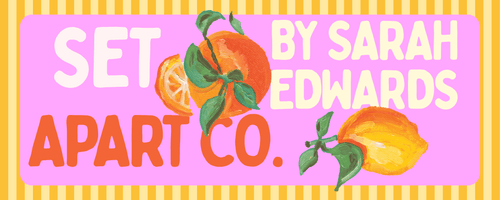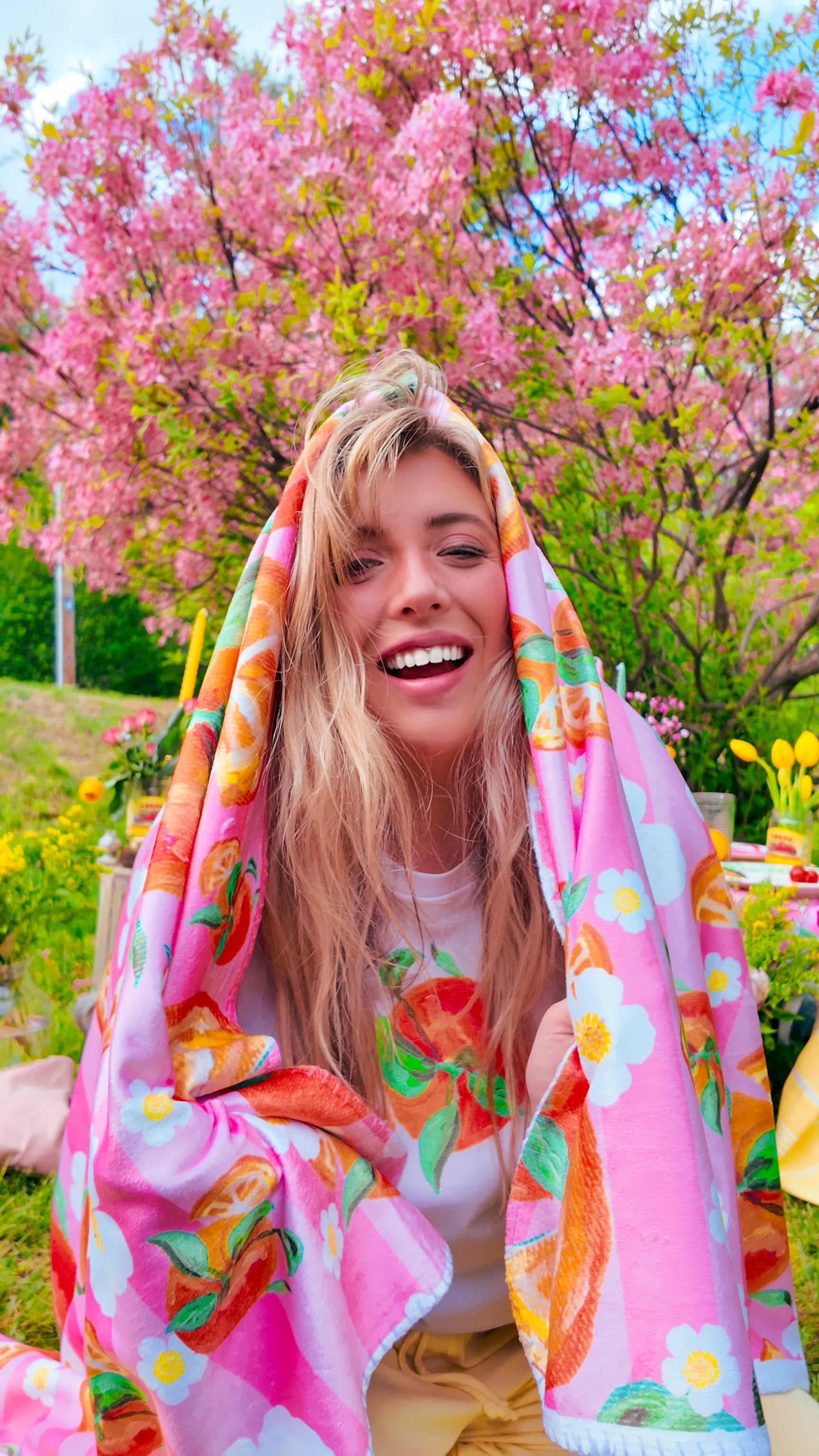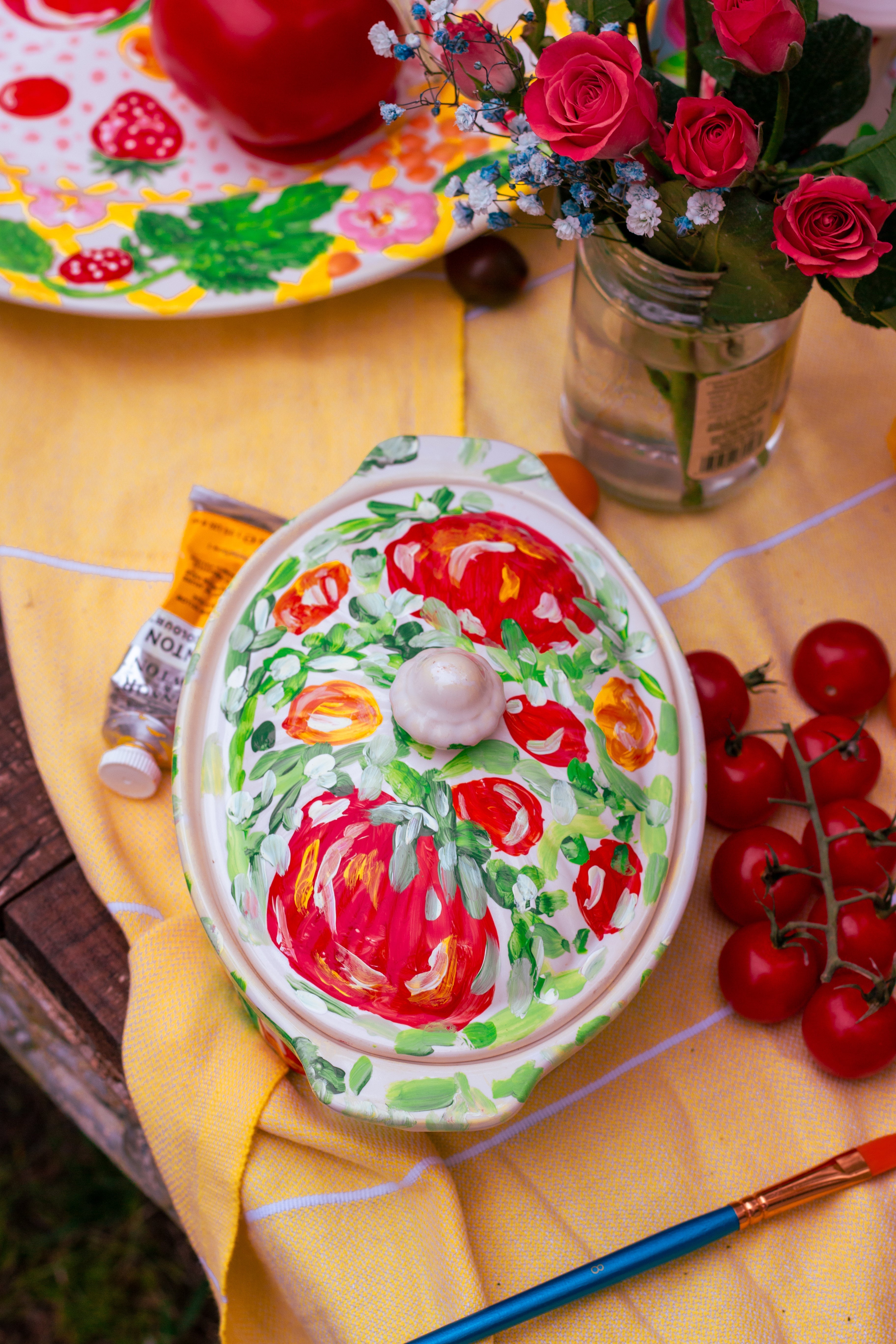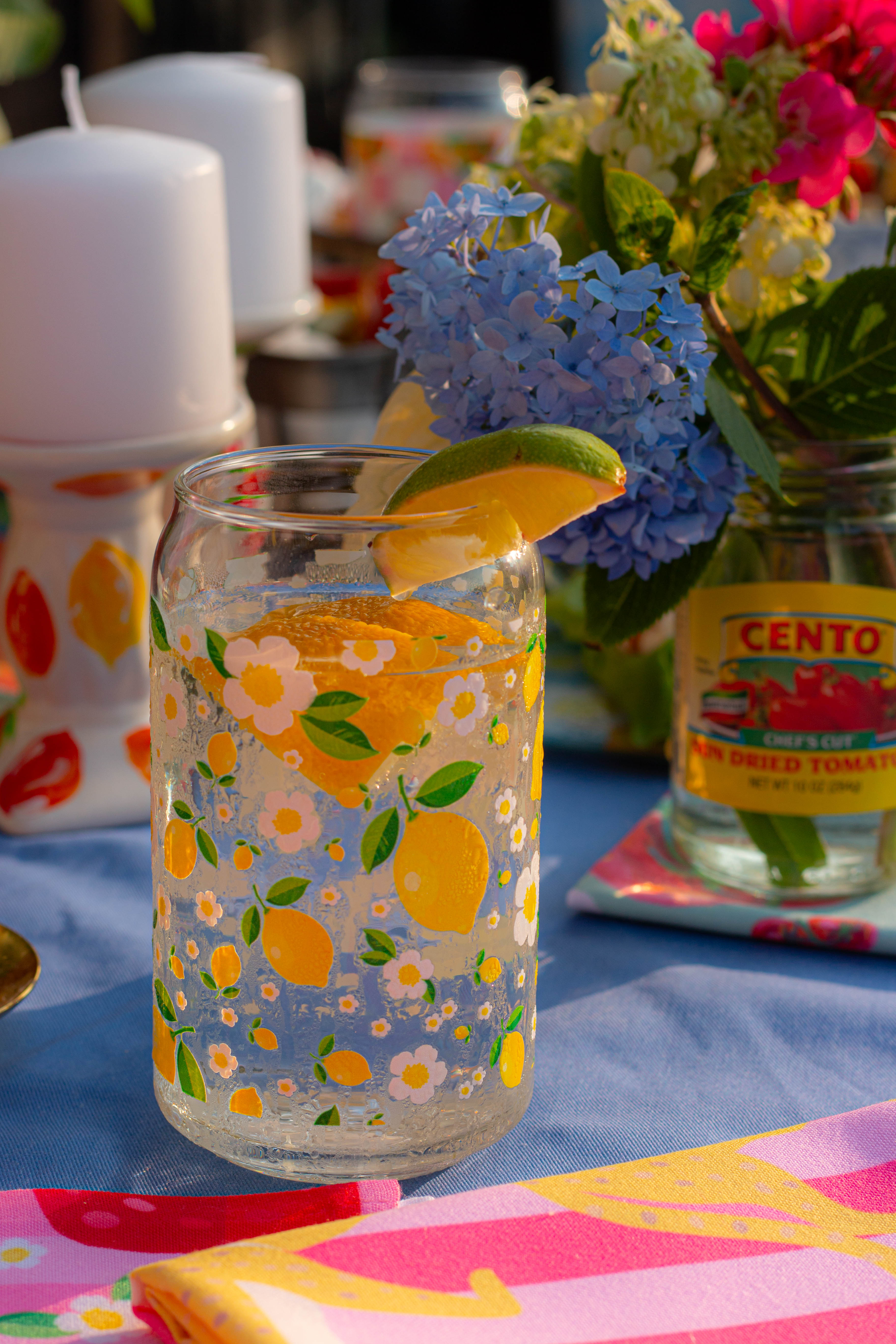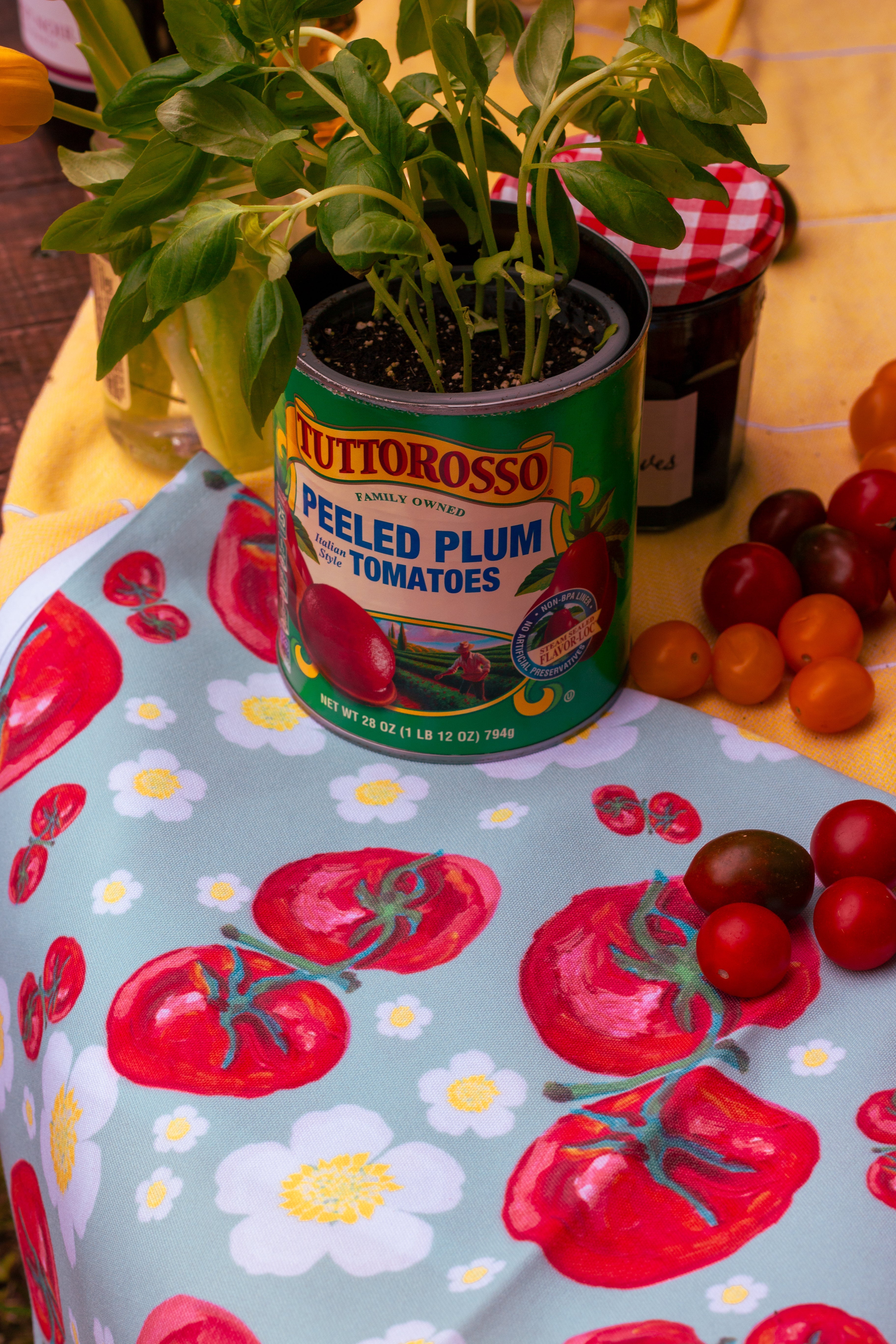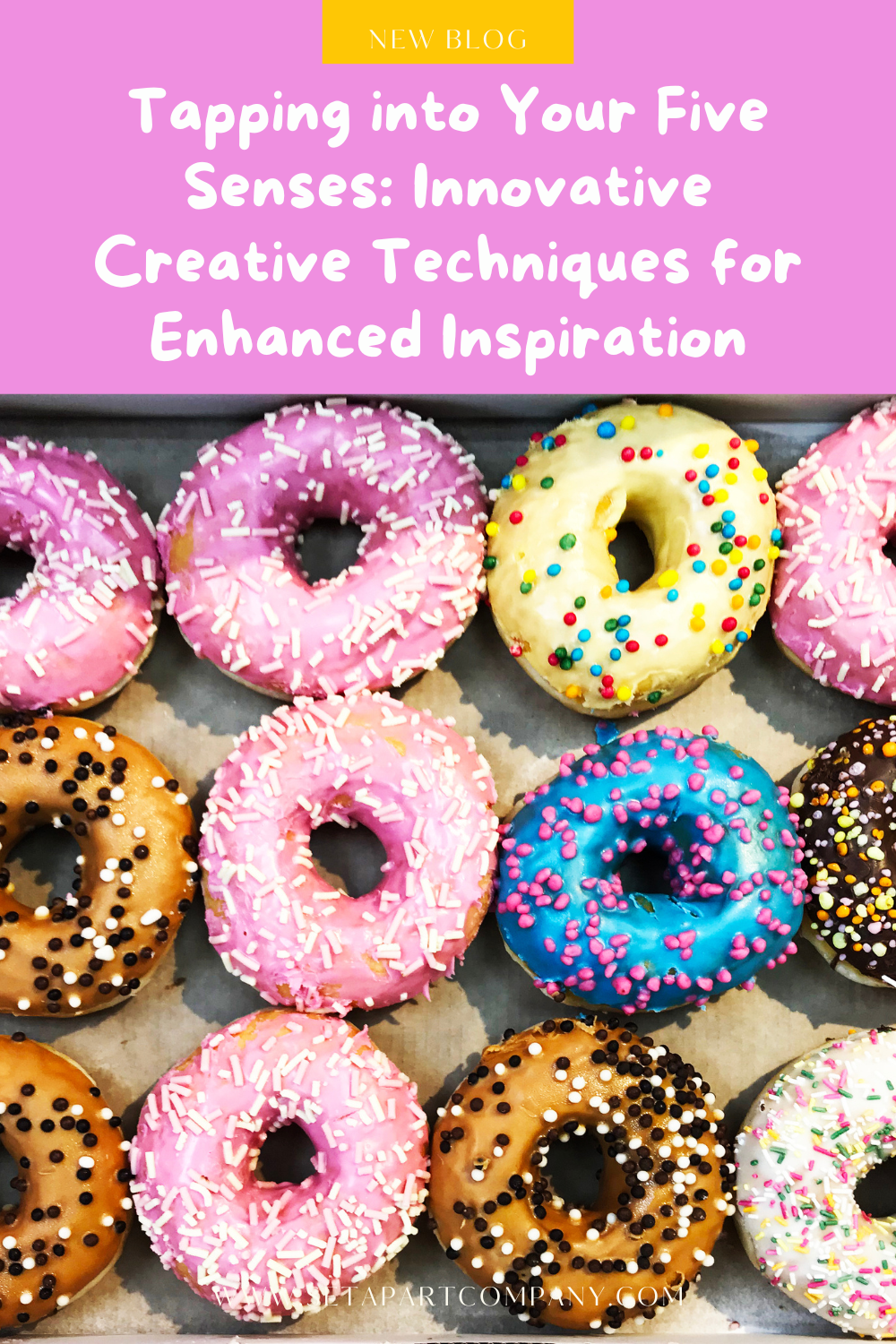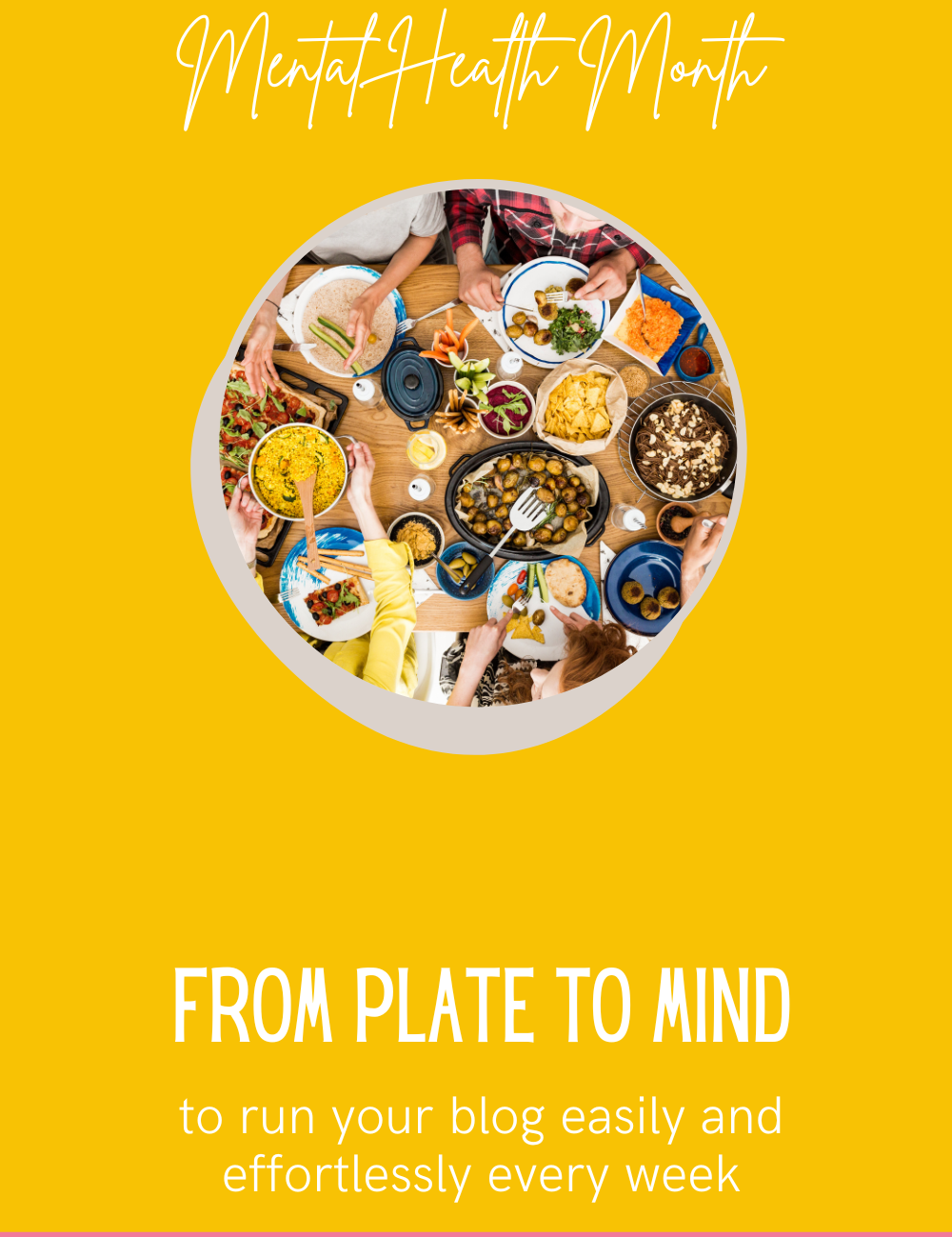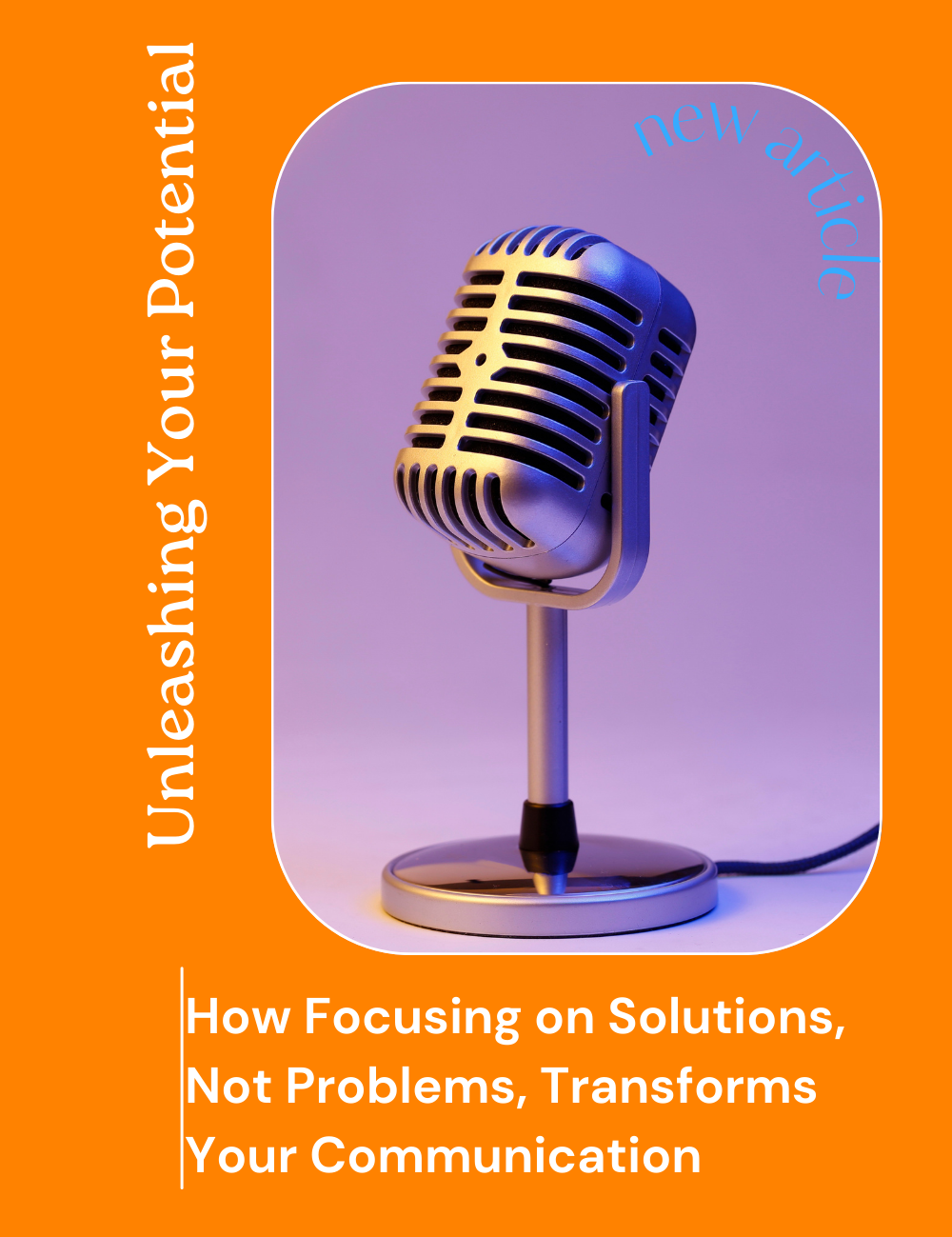In today's fast-paced world, creativity is an essential skill that sets you apart from others.
Creative thinkers are better equipped to adapt, innovate, and solve complex problems, making them valuable assets in any field.
However, even the most creative individuals can experience mental blocks and lack of inspiration.
To combat this, it's essential to explore various creative techniques that can help you tap into your five senses and unlock your full creative potential.
Creative techniques are methods, tools, or processes that help you generate new ideas, find solutions to problems, and inspire innovative thinking. These techniques can be applied to personal or professional challenges, helping you to become a more versatile, imaginative, and successful problem solver.
By the end of this article, you'll be equipped with new ways to increase creativity and improve your overall approach to innovation!
Creativity and the Five Senses
Creativity is often defined as the ability to generate new ideas, concepts, or solutions that are both original and valuable. Research has shown that the human brain is a complex network of neurons that work together to process and interpret sensory information.
This sensory input stimulates various regions of the brain, which can then lead to the generation of new ideas and insights.
Our five senses – sight, sound, taste, touch, and smell – play a crucial role in our creative thinking process. They provide us with the raw material for our thoughts and ideas, and the more we engage our senses, the more creative we become. By tapping into our senses, we can stimulate different areas of our brain and unlock our full creative potential. I cover this in exercise format in my masterclasses!
It's important to note that everyone's creative process is unique, and what works for one person may not work for another.
However, by experimenting with various creative techniques that engage our senses, we can discover new ways to increase creativity and find inspiration in our daily lives.
Creative Thinking Techniques for Enhanced Inspiration
When faced with a creative challenge, it's essential to have a variety of creative thinking techniques at your disposal.
These techniques can help you break free from mental blocks, find new approaches to problems, and inspire innovative thinking.
Some effective creative thinking techniques include:
- Brainstorming: A classic method that involves generating a large number of ideas in a short period, without worrying about the quality or feasibility of the ideas. This technique encourages free thinking and helps you explore different possibilities and perspectives.
- Mind mapping: A visual technique that involves creating a diagram to represent ideas, concepts, or tasks. By visually connecting related ideas, you can gain a better understanding of complex problems and discover new connections and insights.
- Reverse thinking: A technique that involves challenging traditional assumptions and thinking about a problem from an entirely different perspective. By examining a problem from a different angle, you can identify new solutions and ideas.
- Lateral thinking: A method that encourages thinking outside the box and finding unconventional solutions to problems. Lateral thinking techniques can involve using analogies, asking provocative questions, and exploring paradoxes.
Now that we've explored some general creative thinking techniques, let's dive into specific ways to tap into each of your five senses for enhanced creative inspiration.
Tapping into Your Sense of Sight for Creative Inspiration
Our sense of sight is one of our most powerful tools for creative inspiration. By engaging our visual senses, we can stimulate our imagination and generate new ideas. Here are some creative techniques that involve your sense of sight:
- Visualization: This technique involves forming mental images of desired outcomes or goals. By picturing the end result in your mind, you can stimulate creativity and motivate yourself to take action.
- Drawing and sketching: Creating visual representations of ideas allows you to explore different concepts and perspectives. Experimenting with various artistic techniques and materials can also help you unlock new creative ideas.
- Observing your surroundings: Paying close attention to your environment can spark creativity and provide you with fresh inspiration. Make a habit of noticing small details, patterns, colors, and textures in your surroundings, and consider how they might relate to your creative challenge.
Harnessing the Power of Sound for Increased Creativity
The sense of sound is often overlooked when it comes to creative inspiration. However, sound can have a significant impact on our creative process and emotional state. Here are some creative techniques that involve the sense of sound:
- Listening to music: Music can evoke powerful emotions and stimulate the brain, making it a valuable tool for creative inspiration. Experiment with different genres, tempos, and styles to find what works best for you.
- Soundscapes: Creating or listening to soundscapes can help you immerse yourself in a specific mood, environment, or atmosphere. Experiment with natural sounds, ambient noise, or other audio elements to inspire creative thinking.
- Silence: Sometimes, the absence of sound can be just as inspiring as sound itself. Embrace silence to allow your mind to wander freely, without distraction, and tap into your inner creativity.
Utilizing Your Sense of Taste to Boost Creative Thinking
Taste is another powerful sense that can be used to enhance creativity. By experimenting with different flavors, textures, and combinations, you can stimulate your taste buds and inspire new ideas. Here are some creative techniques that involve your sense of taste:
- Cooking and baking: Experimenting with new recipes and ingredients can help you discover unique flavor combinations and inspire creative thinking. Consider hosting a dinner party or participating in a cooking class to further explore the world of culinary creativity.
- Tasting sessions: Organize a tasting session with friends or colleagues to sample different foods, beverages, or flavors. Discuss your experiences and gather inspiration from the various tastes and textures you encounter.
- Pairing flavors: Experiment with unusual flavor pairings and combinations to challenge your taste buds and inspire new ideas. For example, try combining sweet and savory flavors or explore the world of molecular gastronomy.
Exploring the Sense of Touch for Innovative Ideas
Our sense of touch is closely linked to our emotions and can be a powerful source of creative inspiration. Here are some creative techniques that involve your sense of touch:
- Textile exploration: Experiment with different fabrics, textures, and materials to stimulate your sense of touch and inspire new ideas. Visit a fabric store or gather a collection of unique textiles for tactile exploration.
- Sculpting and molding: Engage your sense of touch by working with clay, play dough, or other moldable materials. Experiment with different shapes, textures, and forms to create unique sculptures and stimulate your creative thinking.
- Hands-on activities: Participate in activities that require the use of your hands, such as woodworking, knitting, or gardening. These activities can help you connect with your sense of touch and inspire new ideas and perspectives.
Engaging Your Sense of Smell to Inspire Creativity
Our sense of smell is closely linked to memory and emotion, making it a powerful tool for creative inspiration. Here are some creative techniques that involve your sense of smell:
- Aromatherapy: Use essential oils, candles, or incense to create a stimulating or relaxing atmosphere that promotes creative thinking. Experiment with different scents to find what works best for you.
- Scent exploration: Visit a perfumery or spice market to explore different fragrances and aromas. Take note of the scents that inspire you and consider incorporating them into your creative process.
- Scented environments: Create a fragrant environment in your workspace or home by using scented candles, diffusers, or potpourri. Experiment with different scents to stimulate your sense of smell and boost your creativity.
Success Stories: Famous Creatives and Their Sensory Techniques
Throughout history, many famous creatives have utilized their senses in unique ways to fuel their creative process. Here are a few examples:
- Ludwig van Beethoven, the renowned composer, would pour cold water over his hands before sitting down to write music. It's believed that the sensation of cold water helped him focus and stimulate his sense of touch, inspiring his musical compositions.
- Salvador Dali, the surrealist painter, used scents to inspire his artwork. He would often wear a specific cologne while painting and would place various fragrances around his studio to evoke specific moods and emotions.
- Maya Angelou, the acclaimed author and poet, was known to have a specific writing ritual that involved engaging all of her senses. She would light candles, play music, and surround herself with fresh flowers to create a stimulating environment that inspired her writing.
By studying the techniques of successful creatives, we can gain new insights into how we can harness our senses to unlock our full creative potential.
Incorporating these creative techniques into your daily life can help you become a more innovative, versatile, and successful problem solver. By tapping into your five senses, you can stimulate different areas of your brain and unlock new ideas and perspectives.
Experiment with different creative thinking techniques, engage your senses, and find what works best for you. Whether it's through cooking, sculpting, or listening to music, there are countless ways to increase creativity and inspire innovation.
So, what are you waiting for? Start exploring these innovative creative techniques today and unleash your full creative potential.
Written by Sarah Edwards. Want to get to know me? Say hi! https://liinks.co/setapartcompany
This article was originally posted for Set Apart Magazine at www.setapartcompany.com
Disclaimer: Sarah Edwards is not a certified or licensed mental health professional. Rather someone sharing real life experience and findings for others to find commonality and seek actionable steps needed for them.
